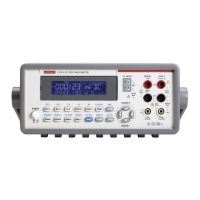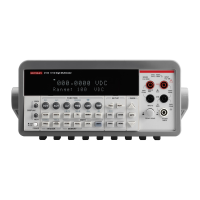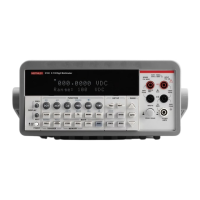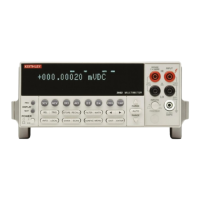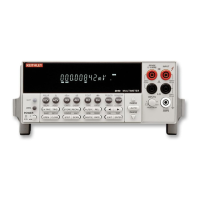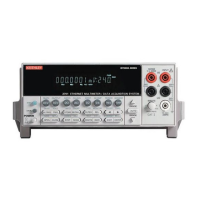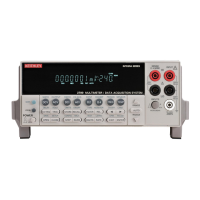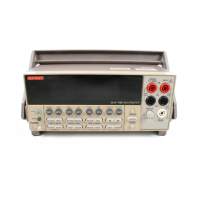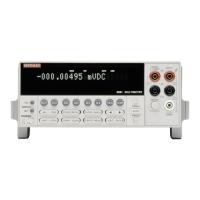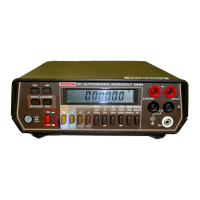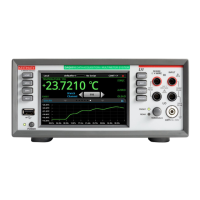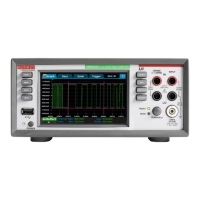Why does my Keithley Multimeter display '-221 Settings conflict' error?
- SShane KennedyJul 27, 2025
The error -221 'Settings conflict' on a Keithley Multimeter can occur in several situations. First, it can happen if you send a CONFigure or MEASure command with autorange enabled alongside a fixed resolution. Second, this error appears if you activate math functions and switch to an operation incompatible with the current measurement function. Finally, this error generates when autorange is enabled on the 10A ranges for DCI and ACI.
